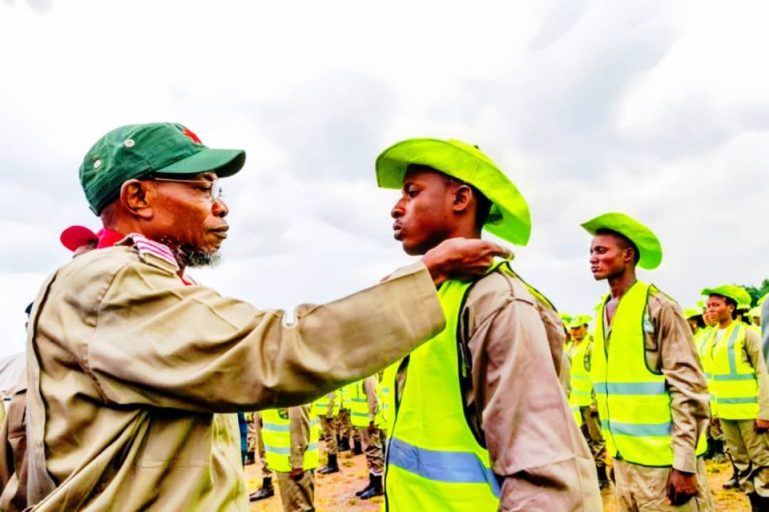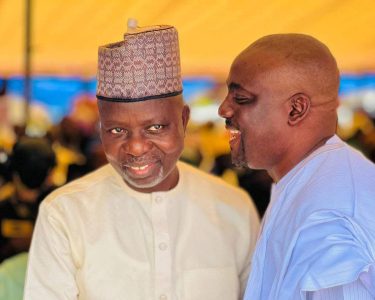“OYES, launched by Ogbeni, empowered 60,000+ youths through public service, reducing poverty, unemployment, and crime in Osun State. Internationally recognized by the World Bank, UNDP, and AfDB, it became a model for structured youth engagement and inspired similar programmes across Nigeria and beyond”
When Rauf Aregbesola assumed leadership in Osun State in 2010, he inherited a socio-economic landscape plagued by rising youth unemployment, poverty, and insecurity. His administration’s response was the Osun Youth Empowerment Scheme (OYES) a 2-year groundbreaking programme, launched in 2011 that redefined the role of subnational governments in human capital development.
OYES engaged 20,000 young people per cohort in public and community service roles such as security, sanitation & environmental management, health care & emergency response, agriculture, teaching, and civic enforcement. Over eight years, more than 80,000 youth were directly empowered with work experience, life skills, and stipends, making it Nigeria’s largest state-level youth engagement programme.
The programme was a direct intervention in youth joblessness. Each volunteer received a monthly stipend of ₦10,000, circulating over ₦19.2 billion within the Osun economy. Rural markets and informal sectors flourished due to increased youth spending power. Many OYES graduates later transitioned into full scale regular employment in the public service or enterprise through programmmes like O’REAP (agriculture) and O’YESTECH (ICT and technical training) or secured positions in the military, teaching, and private sectors.
In 2010, Osun ranked high on Nigeria’s poverty index. By 2017, the Oxford Poverty and Human Development Initiative (OPHI) ranked it as having the second-lowest multidimensional poverty rate in Nigeria at just 10.9% a drastic drop from 37.5% in 2010. OYES was acknowledged as a core driver of this transformation, especially in rural areas where other formal job opportunities were limited.
According to a 2015 UNDP report, Osun witnessed a 69% reduction in youth restiveness and cult-related violence within three years of the scheme’s implementation. OYES volunteers supported community policing and sanitation enforcement, increasing civic awareness and reducing crime. The scheme became a model for using structured public service to promote social peace.
The success of OYES influenced policy beyond Osun. The Federal Government’s N-Power initiative, launched in 2016, drew inspiration from OYES in terms of structure, stipend-based youth engagement, and exit strategy. States like Ondo, Ekiti, and Anambra also replicated elements of the scheme in their youth empowerment programs. International institutions including the World Bank, UNDP, and the African Development Bank recognized OYES as a scalable, locally driven employment model.
Countries like the UK, US, Canada amongst others implement structured welfare-to-work programs such as Jobcentre Plus (UK), AmeriCorps (US), and Canada Summer Jobs. These programs, like OYES, blend income support with skill-building and community service. OYES stands out for being executed in a resource-constrained, subnational context demonstrating that even in developing economies, youth engagement can be systematic, civic-driven, and results-oriented.
The OYES model offers a viable, replicable solution to the intertwined challenges of unemployment, poverty, and insecurity. Policymakers in Nigeria and beyond should consider adopting similar frameworks that emphasize short-term employment, structured training, community service, and economic inclusion. As countries grapple with post-pandemic unemployment and youth disillusionment, the OYES approach provides a tested African blueprint for empowering citizens with dignity, purpose, and productivity.




